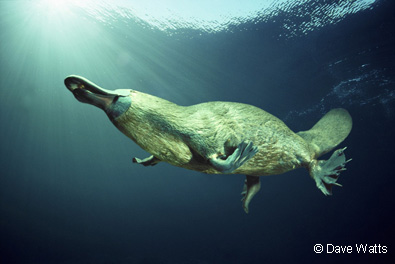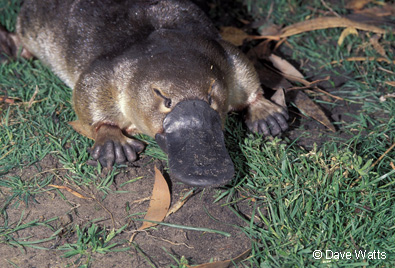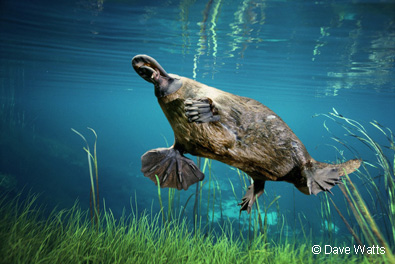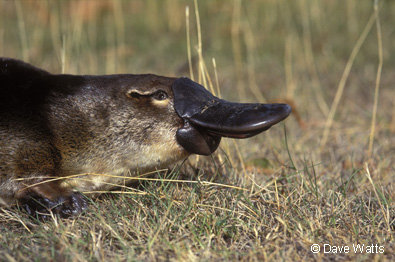Scientists have recently sequenced the genome of the most Evolutionarily Distinct mammal species, the platypus (Ornithorhynchus anatinus), in order to study the evolution of mammals.
The platypus is a remarkable creature which is the only representative of an entire family, Ornithorhynchidae, dating back to the Cretaceous period 146-65.5 million years ago . As the most archaic of all mammal species, the platypus’ genome takes us back as close as we can get to the origin of this Class.
Distributed throughout eastern Australia including Tasmania, the platypus was first discovered by Europeans in 1798. Specimens collected at this time and sent back to Europe were thought by many zoologists to be an elaborate hoax because of their peculiar mix of features, some mammal-like, some bird-like, and some reptilian.
The analysis, reported in the journal Nature last week, was carried out on genetic material from a female platypus called Glennie, and has confirmed that the platypus really does have aspects of its genome which hint to relations with reptiles, as well as possessing mammalian features, and features that set it aside from all other creatures.
The platypus is one of just five species of monotreme (meaning ‘single hole’, referring to the presence of just one opening for digestive and reproductive systems). Monotremata is a highly Evolutionarily Distinct Order which diverged from other groups 166 million years ago, and, aside from the platypus, contains just four species of echidna, including the top-priority EDGE mammal, the endangered long-beaked echidna, (Zaglossus bruijni). Monotremes lay eggs like some reptiles, rather than giving birth to live young like all other mammals, and this research showed that the platypus genes that support egg-laying do have reptilian characteristics.
However another reptilian trait was found to be a case of convergent evolution, meaning the same trait evolved independently more than once; the platypus is one of very few venomous mammals – males possess spurs on their hind legs, from which they inject painful venom. This is used in competition, to escape predators, and possibly also to catch prey. The analysis showed that the genes which produce the venom are similar to those which produce venom in snakes, but arose from duplication of different genes than those of venomous reptiles.
Interestingly, sex chromosomes in the platypus were found to be more similar to those in birds than other mammals; the platypus has ten sex chromosomes, compared with the two (XY) found in all other mammals, and while still XY chromosomes (five of each X and Y) these do not resemble the XY chromosomes of other mammals. In fact, the X chromosomes are more similar to the Z sex chromosome found in birds. The sex-determination process in the platypus is not well understood, but comparison with mice indicates that the sex-determining gene Sry (located on the Y chromosome) evolved after the monotremes diverged from other mammals, later than was previously thought.
There were also many aspects of the genome which are very similar to other mammals, such as the group of genes for milk production. Evolution of lactation pre-dates the origin of early mammals, and it is thought that the process originally developed to moisten porous eggs and prevent dessication. The platypus milk-producing genes are tightly clustered, as they are in other mammals reflecting the similarity of this process among all mammals.
The analysis also showed that genes coding for the membrane which surrounds the fertilised egg produce the same four proteins as in the human egg membrane, but there was also matches for two genes which have previously only been found in amphibians, reptiles and birds.
Furthermore, the genes responsible for sensing odour were found to have a mammalian structure, however the platypus has 1.5 times as many odour receptor genes as other mammals. This may indicate adaptations for communication using pheromones, or for the detection of water-soluble odours while foraging underwater.
The unusual genetic make-up shows links towards the origins of early mammals, who evolved from a lizard-like group which later became modern reptiles and birds, but also indicates aspects that are unique to this bizarre mammal species.




